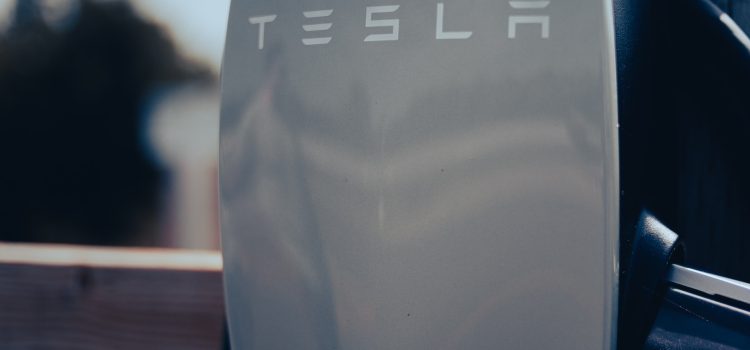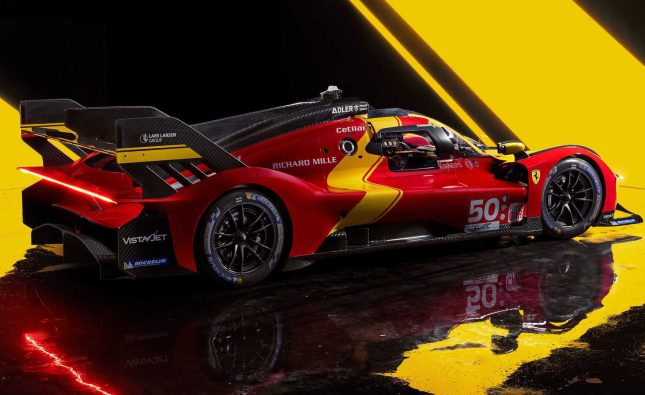
Tesla, the electric vehicle (EV) manufacturer founded by billionaire entrepreneur Elon Musk, has long been at the forefront of the EV industry. However, the company has set its sights even higher, aiming to revolutionize the automotive industry with its driverless technology. But can Tesla go driverless, and will Elon Musk’s high-stakes gamble pay off?
Tesla’s current driver assistance technology, known as Autopilot, allows vehicles to drive themselves in certain conditions, such as on highways, but still requires a driver to remain attentive and ready to take control at any moment. Musk’s ultimate goal is to achieve full autonomy, where the vehicle can drive itself without any human intervention.
To achieve this, Tesla is investing heavily in artificial intelligence (AI) and machine learning technology, collecting vast amounts of data from its vehicles’ sensors to improve its algorithms. The company is also developing its own custom chips, known as Hardware 3, which are specifically designed to handle the demands of autonomous driving.
Tesla’s progress in driverless technology has not been without setbacks, however. In March 2018, a Tesla Model X equipped with Autopilot crashed into a concrete divider on a California highway, killing the driver. The incident raised questions about the safety of the technology and whether it was being properly tested before being released to the public.
The incident prompted the National Transportation Safety Board (NTSB) to investigate the crash, ultimately concluding that the driver had relied too heavily on Autopilot and that the system had not detected and responded to the driver’s actions as it should have. Tesla has since updated its Autopilot system to include additional safety features and warnings for drivers.
Despite these setbacks, Tesla remains committed to its driverless technology, with Musk stating that the company aims to have a fully autonomous vehicle on the road by the end of 2021. However, this timeline may be overly optimistic, as regulatory hurdles and technical challenges may delay the rollout of such a vehicle.
The ultimate success of Tesla’s driverless technology will depend on a variety of factors, including its safety, reliability, and cost. Additionally, regulatory approval and public acceptance will be crucial in determining whether the technology becomes widely adopted.
From a financial standpoint, the success of Tesla’s driverless technology is critical to the company’s future profitability. In a call with investors in January 2020, Musk stated that he believes Tesla will be worth more than $500 billion in the next few years, largely due to the success of its driverless technology.
Despite the potential benefits, some experts have expressed concerns about the impact of driverless technology on the workforce. With autonomous vehicles capable of driving themselves, it is likely that many jobs in the transportation industry, such as truck and taxi drivers, will be eliminated, potentially leading to significant economic disruption.
In conclusion, Tesla’s driverless technology represents a bold and potentially game-changing move for the automotive industry. While the technology is not without its challenges and risks, if successful, it could lead to significant improvements in safety, efficiency, and convenience for consumers. However, the ultimate outcome of this high-stakes gamble remains to be seen, and Tesla will need to overcome significant technical, regulatory, and societal hurdles to achieve its ambitious goals.










